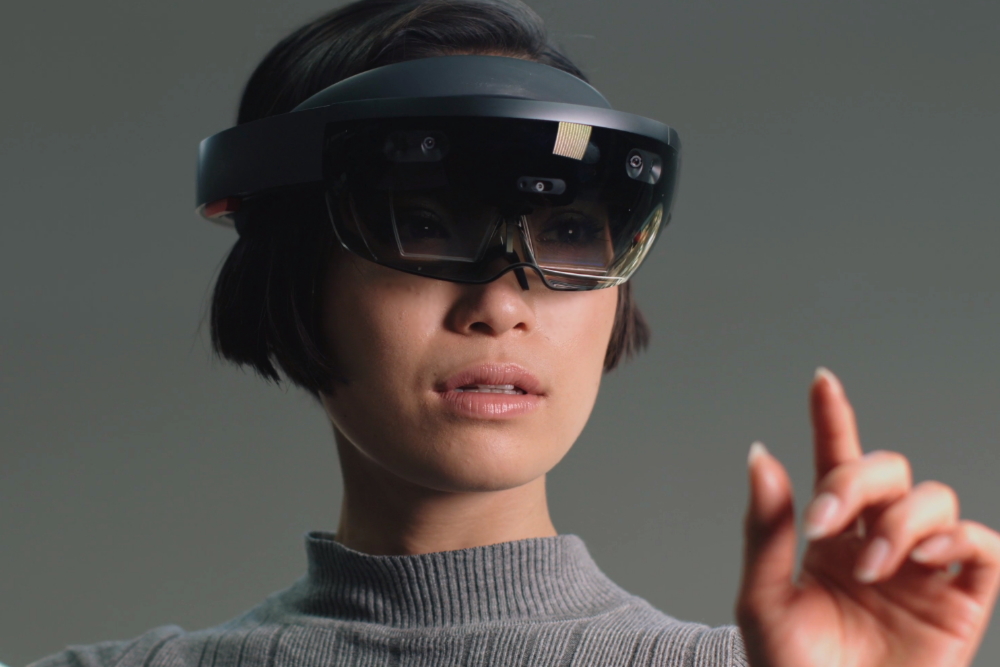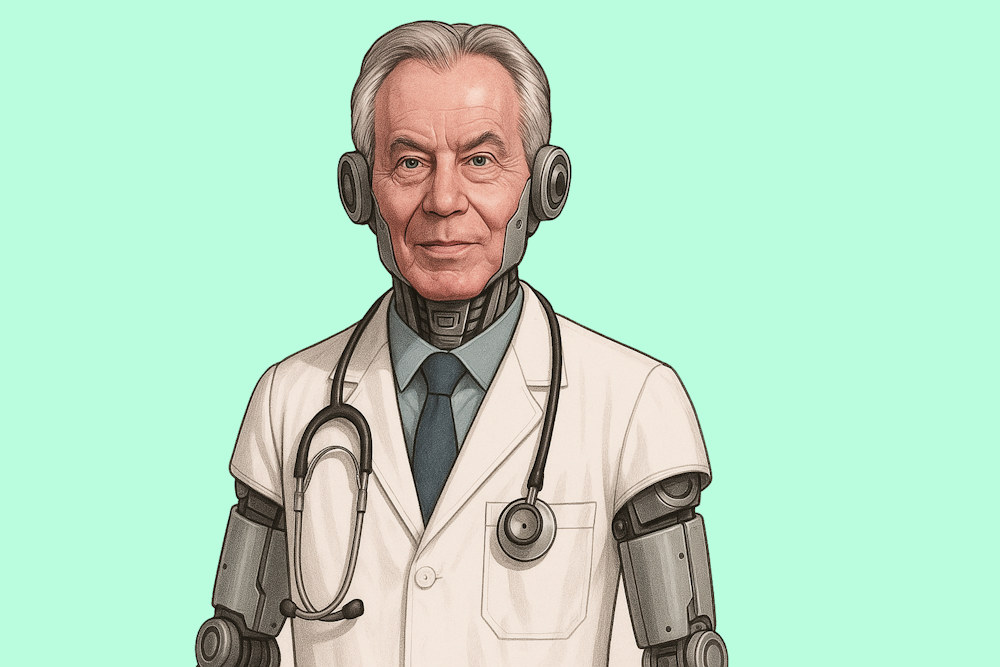Article
Virtual, Augmented and Mixed Reality for the Enterprise: Where Next?

As the world slowly comes out of lockdown and we all start living and working ‘IRL’ once again, what are the new opportunities for Augmented, Virtual and Mixed Reality in an enterprise environment?
Augmented reality (AR) has been creeping into our everyday lives for some time now, from Nintendo’s ubiquitous Pokemon Go mobile gaming app (hands up who’s ended up somewhere strange because they were chasing a rare creature?), to Google Maps Live View, to Ikea Place, the home furnishing giant’s immersive mobile shopping app.
According to a report released in February by Grand View Research, the global augmented reality market will be worth $340.16 billion (£240.36 bn) by 2028. While consumer trends such as the proliferation of smartphones and widescale adoption of AR in mobile gaming are often credited with driving much of this growth, it was actually industrial and manufacturing applications of the technology that accounted for the highest revenue share in 2020.
In fact, Virtual Reality, Augmented Reality and Mixed Reality* are all set to make waves in the enterprise space in the coming year – especially as more businesses return to offices and other workplaces following a year of lockdowns.
What might this look like? Well, a handful of industries have been pioneering B2B uses of these technologies longer than most, and they’re now starting to see real tangible benefits. Here are three examples that we love, and which give a glimpse into how other industries might look to leverage VR, AR and MR in their own ways in the coming months and years.
Engineering: Airbus drives innovation and accelerates production with Azure mixed reality and HoloLens 2
Aerospace pioneer has partnered with Microsoft to use Azure mixed reality and HoloLens 2 to transform traditional industrial processes, accelerating the design and manufacture of aircraft, increasing safety and functionality and ensuring professional development opportunities for employees.
Healthcare: How Johnson & Johnson Uses Virtual Reality for Training | Oculus for Business
Working with Oculus for Business and OssoVR, The Johnson & Johnson Institute is revolutionising the way surgeons are trained on the latest surgical devices and techniques, helping them learn faster and build muscle memory so they can improve patient outcomes.
Supply Chain and Logistics: DHL makes augmented reality a standard in logistics
DHL’s pioneering Vision Picking programme has radically improved productivity and accuracy in their warehouses, as well as cutting onboarding and training time for new employees in half.
* What’s the difference between VR, AR and MR? A very quick guide:
Virtual Reality (VR): immersive viewing experiences that enable you to look around and explore digital environments
Augmented Reality (AR): real life with a digital overlay, eg through your phone’s camera or a visor like Google Glass
Mixed Reality (MR): augmented reality you can interact with





